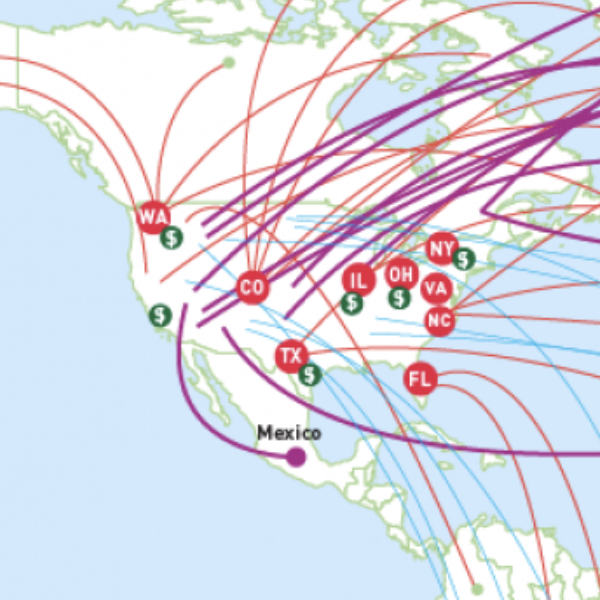Globalizing US History
Globalizing US History is a website geared toward educators seeking to incorporate a global or transnational approach to American history courses. This site argues that a global understanding helps students understand different perspectives and connect American history classes to other history classes, and deal with difficult but important questions. Resources include eleven modules that each include background information, essential questions, primary and secondary sources, inquiry modules from the C3 framework, and unique scholar presentations, Examples are ‘The United States’ Land Based Empire,’ ‘The US Civil Rights Era in a Global Context,’ and ‘Immigration and Innovation: 1860 - Present.’ Other resources include interactive visuals, a library collection, and standards correlation, which is information about how the resources on the site meet curriculum frameworks currently in the US.
This site is for educators creating lesson plans for the classroom, and the eleven included modules could be used as-is or adapted to fit certain needs or grade levels. Further, the ideas presented on the site could be translated into other lesson plans or modules to include a more global lens. The strength of this site comes from the thorough lesson plans included in the modules. Further, the secondary and primary sources included in each would be a good classroom tool to have students either read the secondary literature and answer questions, or read/view primary sources and gather in groups to discuss. If the eleven modules do not match the exact lessons needed, the interactive visuals and the library collection could still be a valuable resource for teachers. The interactive visuals included on the site go over different themes such as a transnational approach, a comparative approach, and using non-US voices to teach US history. Privileging different perspectives can be a useful exercise for students in any history course. These themes would be helpful to translate to other lesson plans, but the interactive visuals themselves are useful. Students could peruse the visuals on their own or as a group to explore themes. Many of the included visuals use a map to display information, and this could aid students in understanding geography as they approach US history with a global mindset.
